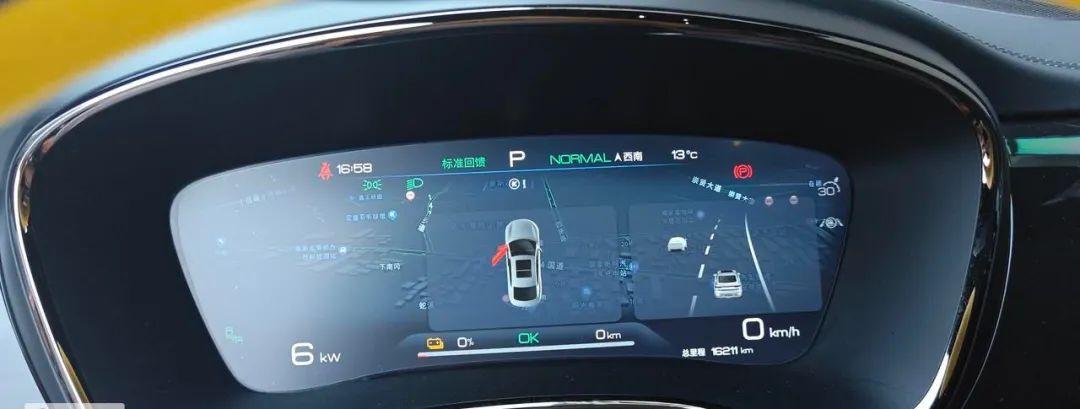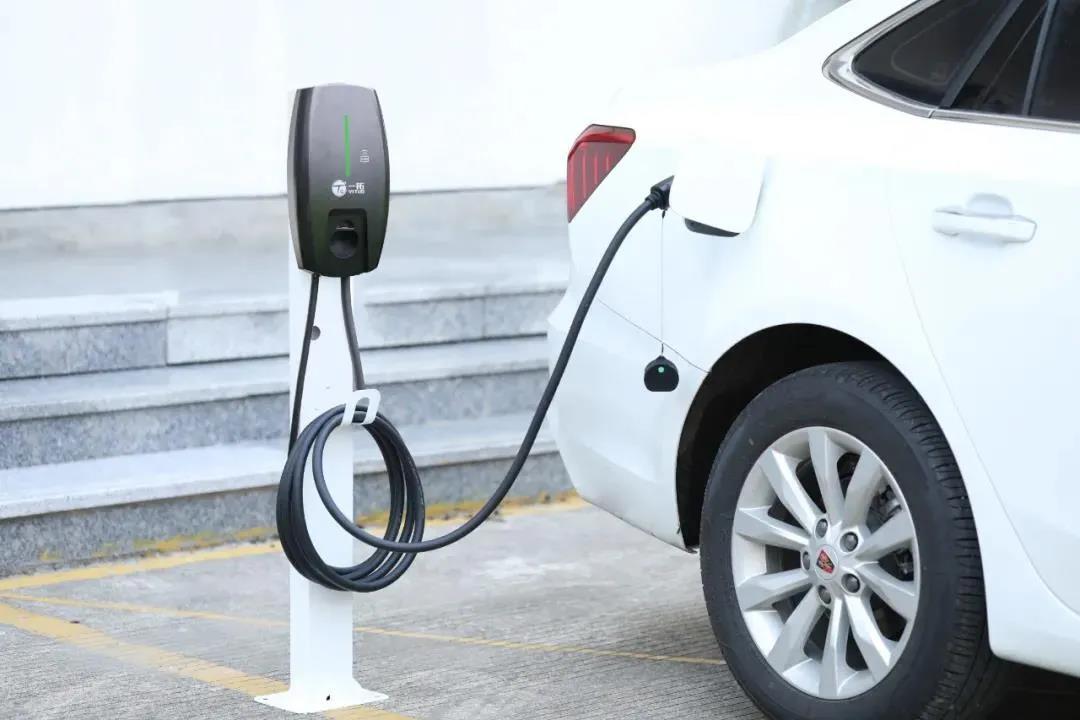BYD Seagull and Dolphin Launch Mini Car Battle
From 2020 to 2021, the Chinese new energy vehicle industry entered the right track, traditional automakers gradually transformed, and new players in car manufacturing also started delivering vehicles. However, BYD had not yet risen to prominence at that time, and the new players were still fighting for survival. Tesla almost dominated the Chinese new energy vehicle market until the arrival of a new energy vehicle that broke the situation.
This car is not the popular BYD Qin or Song, nor the Aiways, Wey, or Xiaopeng models. It comes from SAIC-GM-Wuling and is called the Hongguang MINIEV. Since its launch in July 2020, it has surpassed Tesla for several months and achieved the highest domestic sales of new energy vehicles. It once held a market share of up to 75% in the micro electric vehicle market.
 Wuling Hongguang MINIEV
Wuling Hongguang MINIEV
Recently, Wuling Motors announced that by February 2024, the cumulative sales of the Hongguang MINIEV family had exceeded 1.2 million units. This achievement is worth celebrating, but looking at the micro car market, this former champion is now struggling.
01
Intense competition in the micro car market, Wuling's reign comes to an end
When a market can achieve huge sales and profits, numerous companies naturally flock to it. Seeing Wuling's success in the micro car market, other automakers quickly joined the battle. Chery launched the QQ Ice Cream, Changan introduced the Lumin, and Geely launched the Panda Mini...
In terms of sales data, the cumulative sales of the Hongguang MINIEV reached 237,863 vehicles, with an average monthly sales of nearly 20,000 units. This performance is very good, but it has already lost the annual sales crown in the micro car segment. The new champion is the BYD Seagull, with cumulative sales of 239,270 units. Moreover, the Seagull was only launched at the end of April 2023 and was sold for only eight months last year. Additionally, the rise of the Changan Lumin has also put significant pressure on the Hongguang MINIEV.
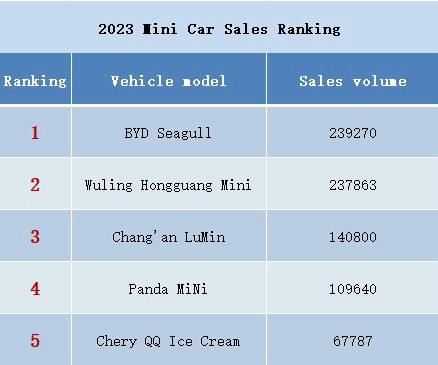 2023 Mini Car Sales Ranking
2023 Mini Car Sales Ranking
If Wuling wants to regain the top spot in the micro car segment, it must make improvements based on the needs of consumers, otherwise its market share may continue to decline. So, what do consumers prioritize when buying micro cars?
02
Price, the primary factor in purchasing micro cars
Wang Xiaoqiu, CEO of SAIC Group, once stated that 90% of Hongguang MINIEV's target audience are from the post-80s generation, and 50% are from the post-90s generation. Most families purchase the Hongguang MINIEV as their second car to meet their daily commuting needs.
Since it is mainly used for daily commuting, grocery shopping, and transporting children, the requirements for range are not very high. However, considering it is used less frequently and there are already other cars in the household, people naturally hope to spend less money on a commuting vehicle. The starting prices of micro cars from Wuling, Geely, and Chery are generally around 40,000 yuan, and the high-end versions usually do not exceed 80,000 yuan. In the past, this was quite attractive, but times have changed. As the new energy vehicle market matures, there will naturally be more emphasis on features and pricing.
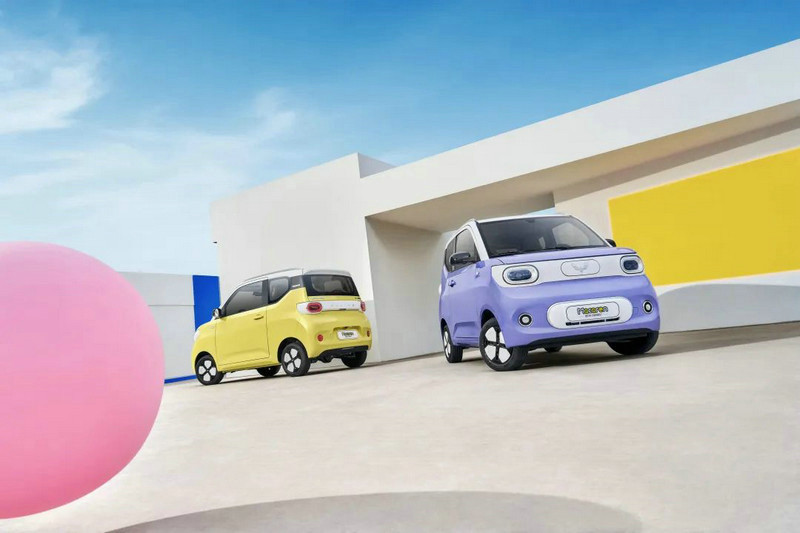 Wuling Hongguang MINIEV
Wuling Hongguang MINIEV
At the beginning of the Jiachen year, BYD launched a price war without hesitation, and other automakers immediately joined the battle. The Qin is now available for 79,800 yuan. For a little more money, you can get a higher-class car. Isn't that more comfortable than a micro car?
Compared to other micro cars, the increasingly popular Changan Lumia and BYD Seagull are actually priced higher. However, the higher price has not hindered the sales of these cars. The reason for this lies in the fact that they meet the second requirement that consumers have for micro cars.
03
Size, Micro Car Users Also Demand Spaciousness
Micro cars are typically small in size, with the Hongguang MINIEV, Panda Mini, and QQ Ice Cream all measuring around 3050x1500x1610mm, with little difference. However, the Changan Lumin reaches dimensions of 3270x1700x1545mm, significantly larger in length and width, albeit slightly shorter in height.
The BYD Seagull, on the other hand, measures a sizable 3780x1715x1540mm, completely different from the traditional boxy design of micro cars, to the extent that some media outlets classify it as a subcompact car (A0 class). However, in BYD's product positioning, the Seagull is indeed a micro car (A00 class), with BYD's subcompact car product being the Dolphin.
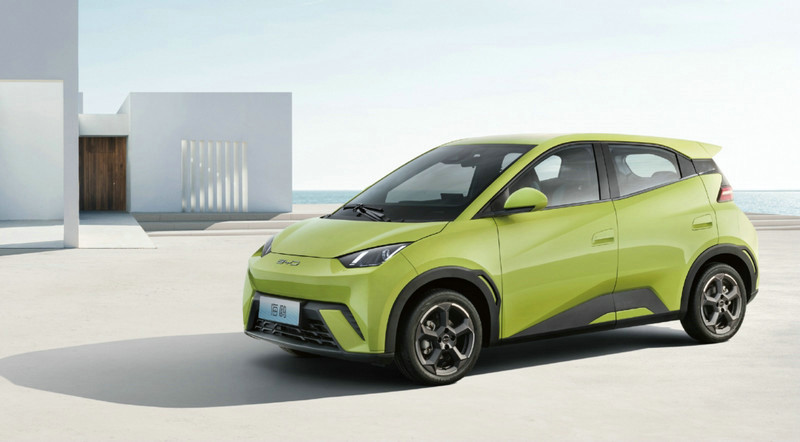 BYD Seagull
BYD Seagull
Micro cars offer cramped space for rear passengers, resulting in a less comfortable riding experience. BYD Seagull's differentiation strategy, despite its slightly higher price, improves ride comfort. Moreover, the price difference between the Seagull and the range version is not significant compared to the Hongguang MINIEV, naturally attracting more consumers.
Considering that even for a commuting vehicle, consumers require sufficient space, Wuling, BYD, and other manufacturers have expanded the battle, extending competition from micro cars to subcompact cars.
04
The Battle Spreads, BYD and Wuling Vie for Subcompact Cars
In 2023, BYD ranked first among domestic brands with a sales volume of 3.02 million. Among BYD's various vehicle lineups, the Dolphin set a record for domestic subcompact cars with sales of 367,419 units. The only contender worthy of a battle with BYD is Wuling's Binguo, which achieved a cumulative sales volume of 231,000 units in 2023, significantly leading other new energy subcompact cars.
Subcompact cars have a similar positioning to micro cars, primarily serving as the second family car for daily commuting but emphasizing size and comfort, with slightly higher prices than micro cars.
On February 23, 2024, BYD held a press conference and launched the Dolphin Glory Edition, starting at a price of 99,800 yuan. It increased the quantity and reduced the price, as well as introduced a 302-kilometer version to lower the entry barrier, initiating a price war in the subcompact pure electric car segment.
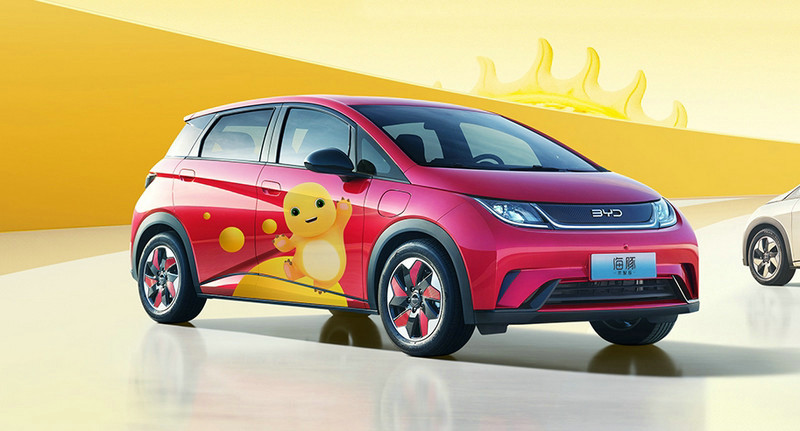 BYD Dolphin
BYD Dolphin
If solely used for commuting, the Wuling Binguo still has a price advantage, with the 410-kilometer Lingxi Exclusive Edition currently priced at 88,800 yuan, while the range version of the Dolphin Glory Edition costs 112,800 yuan. However, when considering overall configuration, the Dolphin still has more advantages. In terms of size, the Dolphin Glory Edition measures 4125x1770x1570mm with a wheelbase of 2700mm, while the Wuling Binguo only measures 3970x1708x1580mm with a wheelbase of 2560mm.
The Dolphin also has several advantages in terms of motor power, top speed, reverse camera, NFC/RFID key support, interior design, and more. Wuling is not incapable of equipping its products with these features, but adding features such as a 360-degree camera, a 12.8-inch central control screen, and motor upgrades may significantly increase the Binguo's cost.
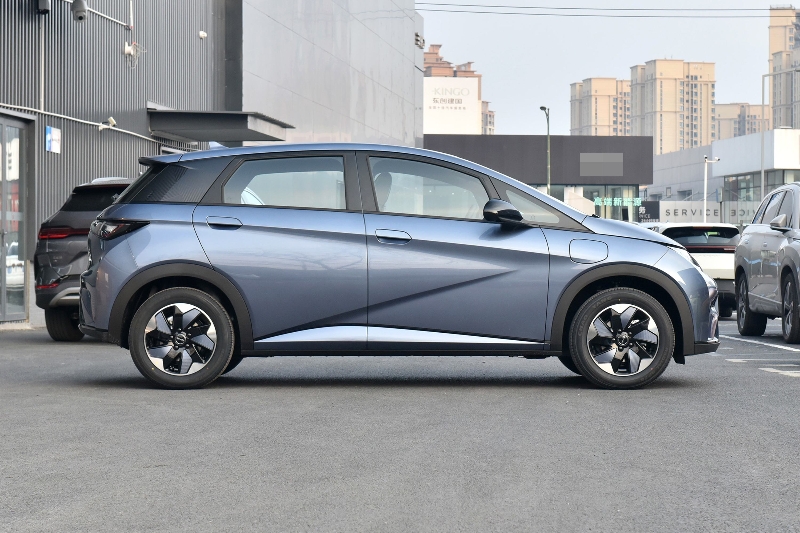 BYD Dolphin
BYD Dolphin
BYD's confidence in cost reduction comes from its ability to produce a complete set of hardware except for tires and glass, thanks to its self-sufficient production line, without considering the profits of upstream and downstream supply chain companies. Other automakers still need to purchase hardware from supply chain companies, which must leave room for their partner's profit and make it difficult to achieve ultimate cost reduction.
Therefore, the Dolphin's only competitors may be the BYD Wangchao series' Yuan PLUS and the upcoming Yuan UP. For Wuling Binguo, adjusting its configuration and price to achieve differentiation competition with the Dolphin may be the best solution.
As for whether other automakers will break the Dolphin's dominant position, it depends on whether other established automakers perform well. Major automakers are now pushing for independent research and production to reduce their reliance on the supply chain. Changan, Great Wall, Geely, Chery, and other automakers may be able to introduce products with competitive cost-effectiveness against the Dolphin in the future.
However, before competing with the Dolphin, Chery, Geely, and Wuling need to make adjustments to their own micro cars.
05
Is it the Best Time to Buy a Micro Car Without Price Increase?
Micro and small cars are usually chosen for commuting purposes, which means they have lower range requirements. Micro cars from Wuling, Chery, and Geely, for example, have versions with ranges as low as 120 kilometers to 180 kilometers.
In December of last year, the Ministry of Finance, the State Taxation Administration, and the Ministry of Industry and Information Technology jointly issued the "Announcement on Adjusting the Technical Requirements for Vehicle Purchase Tax Exemption and Reduction for New Energy Vehicles." Higher requirements were set for fully electric vehicles to be eligible for purchase tax exemption. Two of the requirements include a minimum range of no less than 200 kilometers and a minimum range of no less than 120 kilometers under low-temperature conditions. However, there is a buffer period from January 1, 2024, to May 31, 2024.
Micro cars with a range of less than 200 kilometers generally have prices ranging from 30,000 yuan to 50,000 yuan. If they are not exempt from the purchase tax, an additional 3,000 to 5,000 yuan would need to be paid. In that case, it would be better to spend a bit more and go for the BYD Seagull. Considering that the Dolphin has already released the Glory Edition, it's possible that in a few months, the Seagull will also introduce a Glory Edition and bring the price down to below 70,000 yuan.
 Wuling Hongguang Mini
Wuling Hongguang Mini
Furthermore, small cars in general have been experiencing price reductions and now have a starting range of around 300 kilometers. They also have larger interior space and longer range, which can impact the sales of micro cars. In the current market environment where new energy vehicles are generally reducing prices, car manufacturers are unlikely to raise prices hastily. Increasing the quantity and reducing the price of micro cars is likely to be the market trend.
From the consumer's perspective, Xiao Tong believes that the best time to buy a micro car or small car for commuting purposes is in the second half of 2024 to 2025. In 2026, the purchase tax will no longer be fully exempt and will only be reduced by half. After losing the subsidy, new energy vehicles may no longer see price reductions and may even experience slight price increases.
The above is the full content of BYD Seagull and Dolphin Launch Mini Car Battle




